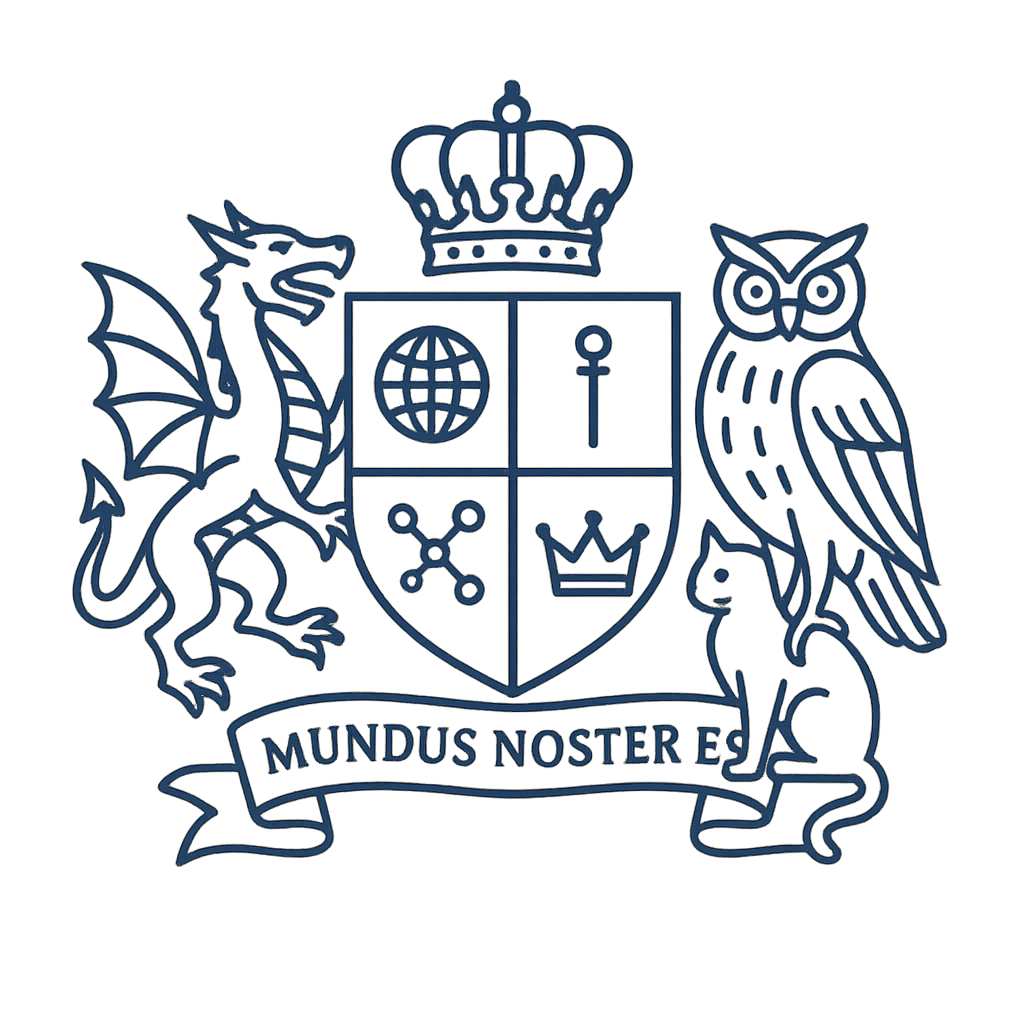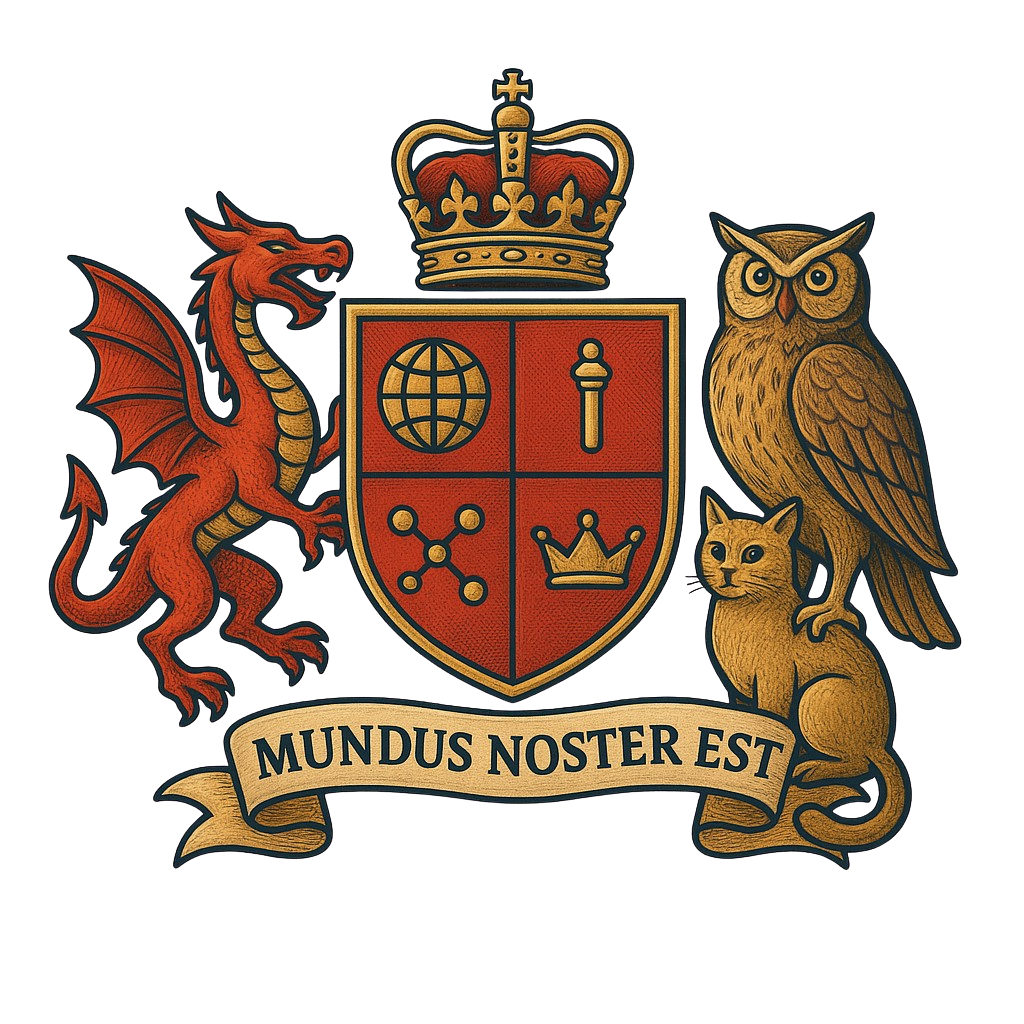Digital Nobility vs Traditional Nobility: A Modern Comparison
Introduction
For over a thousand years, nobility represented the pinnacle of social status, power, and prestige. Dukes, Earls, and Barons ruled territories, commanded armies, and shaped history. But we live in a different world now—one where territory is digital, influence is measured in followers, and prestige exists in virtual spaces.
Welcome to the age of digital nobility, where the ancient concept of aristocracy meets the 21st century. This comprehensive comparison explores how traditional nobility worked, how it's evolved, and what digital nobility means for our modern world.
What Is Traditional Nobility?
The Foundation of the System
Traditional nobility was a hereditary class of privileged individuals who:
- Held Titles: Duke, Marquess, Earl, Viscount, Baron, and variations worldwide
- Owned Land: Controlled territories from small manors to entire provinces
- Wielded Power: Governed regions, commanded armies, administered justice
- Enjoyed Privileges: Special legal rights, tax exemptions, social status
- Passed It Down: Titles and lands inherited through family lines
How You Became a Noble (Traditionally)
Birth (95% of cases):- Born into noble family
- Inherited title and lands through primogeniture (usually eldest son)
- Blood and lineage determined status
- Exceptional military service (defeating enemies, winning battles)
- Political loyalty (supporting the monarch during conflicts)
- Wealth (sometimes titles could be purchased)
- Achievement (rarely, for extraordinary accomplishments)
- Women gained nobility by marrying noble men
- Marriages were political alliances, not romantic choices
- "Marrying up" could elevate a family's status
What Made Nobility Powerful
Political Authority:- Governed territories on behalf of the monarch
- Created local laws and regulations
- Held courts and dispensed justice
- Advised the king or queen directly
- Commanded private armies
- Provided knights and soldiers to the crown
- Defended territories from invasion
- Sometimes challenged royal authority militarily
- Owned vast agricultural estates
- Collected rents and taxes from peasants
- Controlled trade routes and markets
- Possessed enormous wealth
- Special legal rights and protections
- Access to royal court and political power
- Exclusive social circles
- Could pass wealth and status to children
The Limitations of Traditional Nobility
Rigid Hierarchy:- Born into your position, difficult to change
- Lower-born people had almost no chance of elevation
- Merit mattered less than bloodline
- Social mobility was nearly impossible
- Women rarely held titles in their own right
- Daughters usually couldn't inherit titles
- Queens were exceptions, not the rule
- Power passed through male lines
- Power tied to physical territory
- Couldn't rule land you didn't physically control
- Borders and armies defined influence
- Limited to one kingdom or region
- Needed land, armies, and wealth to maintain status
- Cost of equipment, castles, and retinue was enormous
- Debt was common among lower nobles
- Loss of land meant loss of power
- Couldn't choose your title or reject it
- Obligations and duties came with privileges
- Expected to fulfill feudal commitments
- Personal desires subordinate to family and feudal system
The Decline of Traditional Nobility
Why Noble Power Faded
Political Changes:- Rise of centralized nation-states reduced noble autonomy
- Democratic movements challenged hereditary privilege
- Constitutional governments limited or eliminated noble power
- French Revolution (1789) symbolically ended noble supremacy
- Industrial Revolution created new sources of wealth
- Merchant and business class gained economic power
- Land became less important than capital and industry
- Many noble families went bankrupt
- Enlightenment ideas emphasized merit over birth
- Growing middle class demanded political rights
- Education and talent created new elites
- Blood became less important than achievement
- Professional armies replaced feudal levies
- Nobles no longer needed as military commanders
- Castles became obsolete with gunpowder
- Warfare became too expensive and complex for private armies
Traditional Nobility Today
What Remains:- Titles still exist in many countries
- Social prestige continues
- Historic estates and properties
- Cultural and tourist significance
- Political power (mostly)
- Legal privileges
- Military authority
- Economic dominance
- Automatic respect and deference
Many modern nobles are:
- Business professionals
- Politicians (elected, not appointed)
- Cultural figures
- Managers of historic estates
- Simply private citizens with old titles
Traditional nobility has become largely ceremonial—titles without power, prestige without privilege.
Enter Digital Nobility: A New Paradigm
What Is Digital Nobility?
Digital nobility reimagines the ancient concept of aristocracy for the internet age:
Core Concept:- Titles representing status in the digital realm
- Prestige based on online presence, not land ownership
- Hierarchy of the World Wide Web
- Modern interpretation of ancient tradition
If nobles once ruled physical territories, why not create nobility for digital domains?
The Philosophy Behind Digital Nobility
Democracy Meets Aristocracy:- Anyone can claim a title (democratic access)
- But only one person holds each title at a time (exclusive prestige)
- Titles can be challenged and claimed by others (meritocratic element)
- Creates competition and engagement
- We spend more time online than in physical communities
- Digital identity is as real as physical identity
- Online presence deserves recognition and status symbols
- Social media already creates informal hierarchies (followers, verification)
- Playful concept with real social currency
- Conversation starter and social media content
- Adds excitement to online presence
- Embraces absurdity of status-seeking while participating in it
How Digital Nobility Works
Unlike traditional nobility, digital nobility:
- Is Earned/Claimed: Anyone can become a noble by claiming a title
- Is Challengeable: Others can challenge your title for a higher fee
- Is Time-Limited: Titles last for specific periods (typically one year)
- Is Global: Not limited by physical geography
- Is Accessible: No birthright or army required
- Is Fun: Embraces the playful nature of online culture
Head-to-Head Comparison
Accessibility
Traditional Nobility:- ❌ Born into it or incredibly rare royal appointment
- ❌ 99.9% of people had zero chance
- ❌ Merit and achievement usually irrelevant
- ❌ Rigid class barriers
- ✅ Anyone can claim a title
- ✅ No birthright required
- ✅ Global accessibility
- ✅ Merit-based (through challenge system)
Cost to Entry
Traditional Nobility:- Needed vast inherited wealth
- Armies, castles, and estates required
- Maintaining status cost fortunes
- Many nobles went bankrupt trying
- Tribute fee (affordable for most)
- No ongoing maintenance costs
- Can challenge rivals by paying more
- Accessible to average people
Gender Equality
Traditional Nobility:- Women rarely held titles independently
- Daughters couldn't inherit in most systems
- Power through male relatives only
- Systematic gender discrimination
- Duchess, Empress, Baroness equally available
- No gender restrictions
- Women claim titles independently
- Complete equality
Geographic Freedom
Traditional Nobility:- Tied to specific physical territories
- Duke of Normandy governed Normandy
- Couldn't rule land you didn't control physically
- Borders limited influence
- Global reach via internet
- Not tied to physical location
- Emperor/Empress of the World Wide Web rules digitally
- Borderless influence
Duration and Flexibility
Traditional Nobility:- Lifetime appointment
- Passed to heirs at death
- Couldn't resign or transfer easily
- Stuck with title and obligations
- Time-limited (typically one year)
- Can be challenged and won by others
- Flexible and dynamic
- Try it without lifetime commitment
Purpose and Function
Traditional Nobility:- Governed territories
- Administered justice
- Led military forces
- Economic and political power
- Social prestige and recognition
- Conversation starter
- Social media content
- Personal branding
- Fun and games with status
Seriousness vs. Playfulness
Traditional Nobility:- Dead serious business
- Warfare, politics, survival
- Life and death stakes
- Heavy responsibilities
- Playful and fun
- Self-aware and humorous
- Low stakes, high enjoyment
- Entertainment value
Historical Significance
Traditional Nobility:- Shaped world history for millennia
- Built castles, cities, nations
- Influenced art, culture, politics
- Created lasting legacies
- New concept for digital age
- Cultural commentary on status
- Reflects modern social dynamics
- Yet to write its history
Exclusivity
Traditional Nobility:- Extremely exclusive by design
- Only hundreds of dukes in history
- Birth limited the pool completely
- Rarity created prestige
- Exclusive titles (one Emperor, one Empress, etc.)
- But accessible to anyone willing to claim
- Balance of accessibility and exclusivity
- Prestige through competition
What They Share: The Human Need for Status
Despite vast differences, traditional and digital nobility share core human motivations:
Recognition and Achievement
Both systems provide:
- Visible status markers
- Public recognition of accomplishment or position
- Sense of elevation above the ordinary
- Something to be proud of
Social Hierarchy
Humans create hierarchies naturally:
- Medieval society: nobles vs. commoners
- Modern society: influencers vs. followers, verified vs. unverified
- Digital nobility: Emperors down to Knights
- The form changes but the structure persists
Identity and Belonging
Titles provide:
- Clear identity markers
- Group membership (the noble class)
- Sense of place in social structure
- Shared community with other title holders
Competition and Challenge
Both systems include:
- Ways to rise through ranks
- Competition for higher positions
- Challenges to existing holders
- Merit-based advancement (even if limited in traditional system)
Display and Communication
Titles serve as:
- Conversation starters
- Social signals
- Personal branding
- Status displays
Why Digital Nobility Matters
Reflection of Digital Life
We live increasingly online:
- Work remotely on computers
- Socialize through social media
- Build businesses digitally
- Create content for online audiences
- Seek validation through likes, followers, views
Satire That Participates
Digital nobility is simultaneously:
- Satirical: Commenting on our obsession with online status
- Sincere: Actually providing that status
- Critical: Questioning the meaning of prestige
- Embracing: Enjoying the game anyway
It's self-aware status-seeking—knowing it's absurd but playing along joyfully.
Democratizing Prestige
Traditional nobility said: "You can't join our club unless you're born into it."
Digital nobility says: "Everyone can play."
This democratization reflects modern values:
- Merit over birth
- Achievement over inheritance
- Access over exclusion
- Fun over stuffiness
Cultural Evolution
Digital nobility represents how concepts evolve:
- Ancient idea + modern technology = new form
- Tradition + innovation = cultural adaptation
- Physical world + digital realm = hybrid identity
The Future: Hybrid Nobility?
Blending Old and New
Perhaps the future includes:
- Traditional nobles embracing digital titles
- Digital nobles inspiring real-world communities
- Physical and virtual status symbols coexisting
- Recognition that both have value
What Digital Nobility Could Become
As the concept grows, it might:
- Create actual online communities of title holders
- Develop more sophisticated hierarchies and ranks
- Inspire real-world gatherings and events
- Influence how we think about digital status
The Core Question
Both traditional and digital nobility ask the same fundamental question:
"What makes someone worthy of recognition and status?"- Traditional answer: Blood, land, and military power
- Digital answer: Anyone who claims it and defends their title
Which answer is better? Perhaps both have merit for their respective eras.
Conclusion: Different Ages, Same Human Nature
Traditional nobility ruled for centuries because it organized society, distributed power, and satisfied human desires for hierarchy and recognition. As that system faded, it left a void—not in political structures (democracy filled that) but in the human craving for titles, status, and recognition.
Digital nobility fills that void with humor, accessibility, and self-awareness. It acknowledges that we still want to be Dukes and Duchesses, Barons and Baronesses—we just don't need to be born into wealth or command armies to achieve it.
Traditional nobility: Serious, exclusive, hereditary, powerful Digital nobility: Playful, accessible, merit-based, funBoth reflect something essential about human nature: we seek recognition, status, and a sense of elevated identity. The territory may have changed from physical kingdoms to digital domains, but the desire remains constant.
The question isn't which is better—they served different times. The question is: in the age of the World Wide Web, why shouldn't you be able to claim your crown?
Mundus Noster Est — The world is ours.
